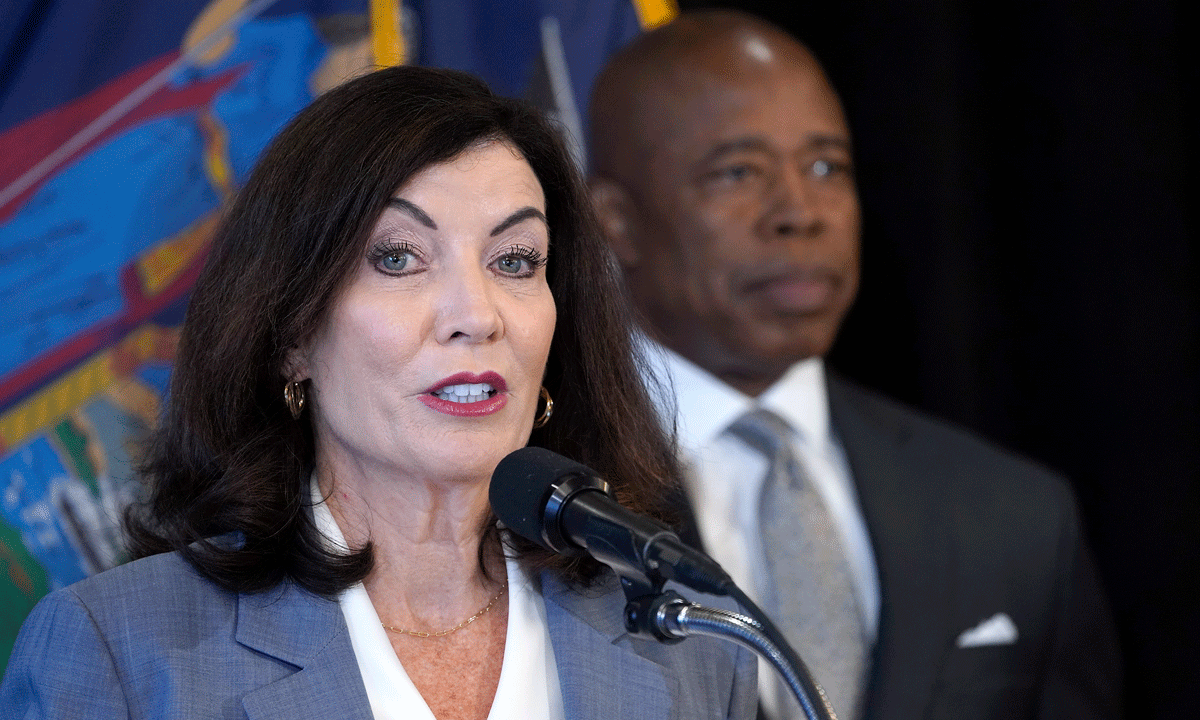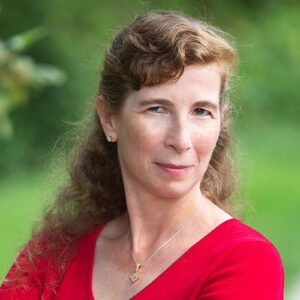New Class Size Law Means 17,700 More NYC Teachers. Where Will They Come From?
Adams: Educators like the law, while parents have mixed feelings. But it may not help the students in the most high-needs classrooms and schools.

Get stories like this delivered straight to your inbox. Sign up for The 74 Newsletter
Nearly a year after Gov. Kathy Hochul signed a bill to cap class sizes in New York City at 20 students for kindergarten through third grade, 23 in grades 4 to 8 and 25 in grades 9 to 12, the NYC Independent Budget Office released a report suggesting the poorest schools stood to benefit least from such a change. State Education Commissioner Betty Rosa expressed concerns that schools will be forced to cut other programs to pay for hiring more teachers, and that the highest-poverty schools — which already have smaller classes due to underenrollment — will get nothing from the law, while in-demand, wealthier schools reap the rewards.
When I asked subscribers to my NYC School Secrets mailing list how they felt about the law, which is scheduled to take full effect in 2028, the results were mixed.
Some parents were for it:
Min San: In a small class, teachers can hone in on those who need attention as well as those who need enrichment. I don’t pretend to know the budget and political maneuvering necessary to accomplish this.
Jordan Feigenbaum, member of Community Education Council 13: I’ve seen first-hand the better learning, higher engagement and happier and more well-adjusted kids that occur in classes with fewer students, and conversely the opposite happen in 30+ kid rooms.
Some parents were against it:
Yiatin Chu: Many schools in NYC already have small class sizes. I know that to be true in District 1 where I served as a CEC member. Declining enrollment in the district has made class sizes quite small. Academic outcomes are not better. I’d like to see even a cursory analysis to show that small class size has delivered on the promise of a better education for those students.
Jean Hahn, co-founder, Queens Parents United: The idea that almost every single school in an overcrowded school district such as District 28 would have to reduce their enrollment by 20-30% while losing G&T, honors, AP classes and special ed services makes no sense at all.
But it wasn’t until Leonie Haimson, director of Class Size Matters, put out the call that I heard from some 20 teachers in a span of 24 hours. All of them supported the class size law.
They argued that large classes made their jobs more stressful, especially post-pandemic.
“Since COVID, my students are more behind than I ever expected,” confessed West Bronx Academy’s Meg Stewart. “Their behaviors, skill levels, maturity, retention levels and attention spans are akin to a middle schooler.”
Numerous teachers asserted that the stress of instructing students at different levels was driving many to quit the profession.
“The city is having a hard time holding onto experienced teachers,” Gilly Nadel confirmed, “and large classes are part of the problem.”
Even parents against the class size law, like Natalya Murakhver of Restore Childhood, agreed that “what we need are more quality schools that retain talented, senior teachers.”
I, too, have long been a proponent of teachers as absolutely the most important aspect of education. Under this law, NYC will need to hire 17,700 new ones.
Where will they come from?
Nine years ago, when then-Mayor Bill deBlasio announced universal pre-K, promising a teacher with a master’s degree in early childhood education in every classroom to serve the 70,000 students who’d be enrolling, I turned to my husband (a teacher), and asked: Are there thousands of unemployed wandering NYC with a master’s in early childhood education?
There were not. NYC made do by hiring college graduates with any bachelor’s degree, giving them six weeks of training and tossing them into the classroom.
Imagine that problem magnified throughout elementary, middle and high school, where subject mastery becomes more and more important.
“My Bronx school has a hard time hiring science, math, special ed and language instructors,” admitted art teacher Jake Jacobs. “As a result, we typically have many first-year teachers (including [Teach for America] or Teaching Fellows, whose training is fast-tracked).”
Chu worried that, “We already have a teacher shortage. I really don’t know how they will even find the teachers to hire for this mandate. I have grave concerns about lowering the standards for teacher certification.”
Mom Laraine Deangelis, who supports the law, nevertheless wondered, “I saw research that suggested lowering class size is only effective when the teacher is experienced. The research did not define experienced.”
While others parse details of cost, facilities and equity, I am most concerned about teachers: Who will they be? What kind of training will they receive? Will the least experienced be sent to schools facing the greatest challenges, as experienced teachers are hired away by wealthier, higher-performing schools?
I worry that a mass influx of unprepared instructors into the neediest classrooms will ultimately nullify any potential small class-size gains.
Get stories like these delivered straight to your inbox. Sign up for The 74 Newsletter

;)
